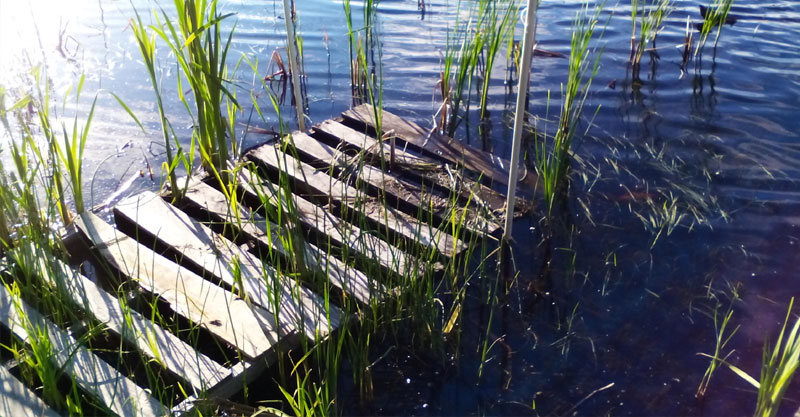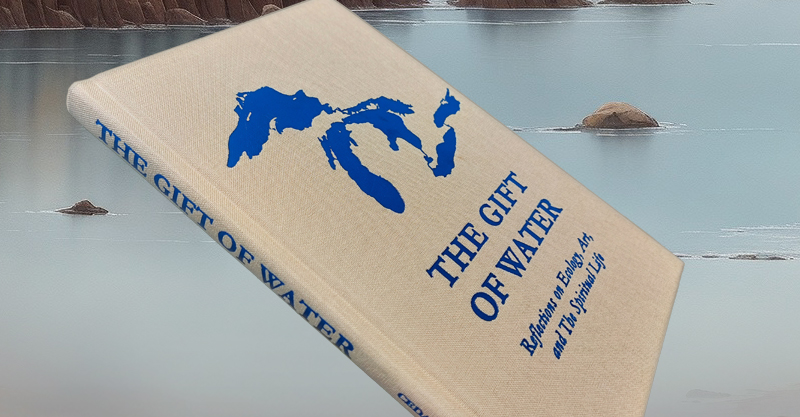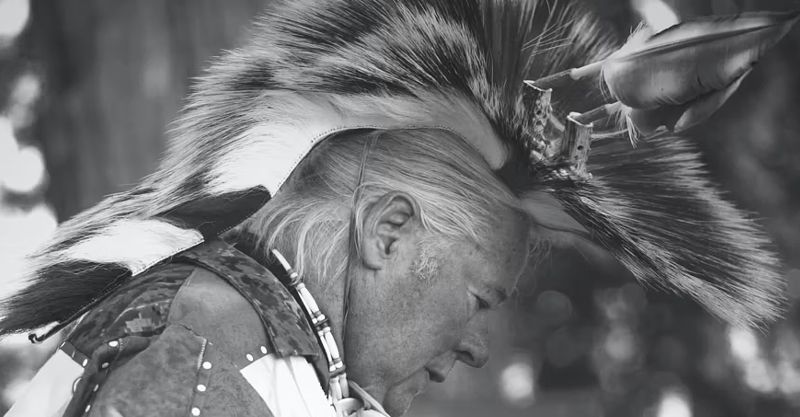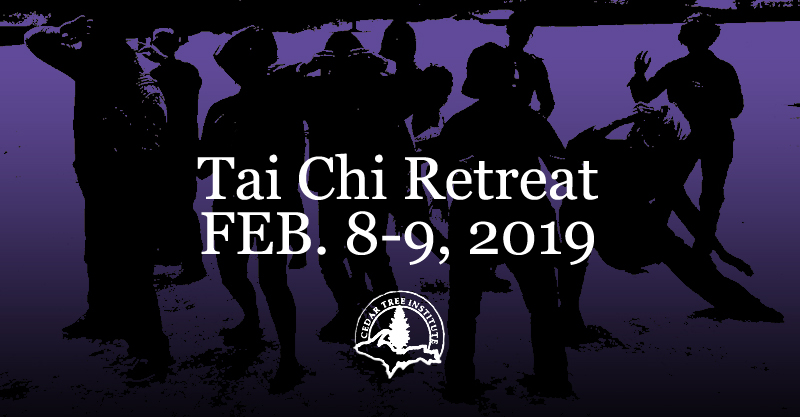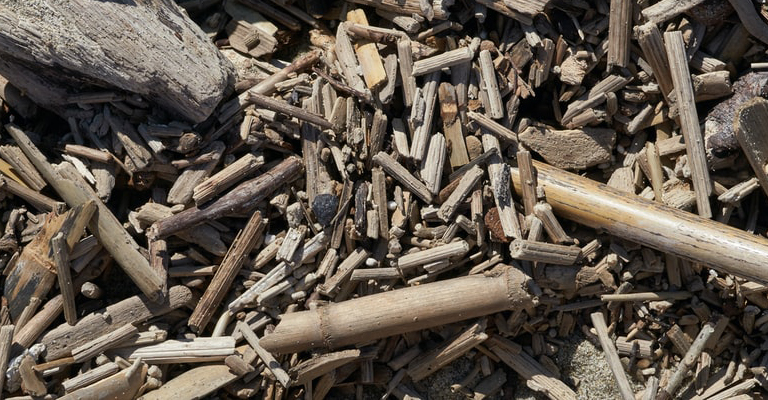The Gift of Water
as seen in the Marquette Monthly June, 2017
By Tim Clancy
Even though, biologically speaking, water is essential to our existence, we too often take it for granted. And for those of us who live where it’s plentiful, available, and under control, it’s easy to see why. Along with drinking it, bathing in it, and using it to grow and process food, we have, for millennia, used its power and unique form to move things: logs, boats, mill wheels, waste; to produce things: soup, concrete, paper, wine; and to clean things: our children, our pets, our cities, ourselves. We’ve traveled in and on rivers, lakes, and oceans and, in vast numbers, we’ve settled on or near their shorelines, the advantages of which were as obvious to our ancient ancestors as they are to people today.
Humans have also transcended water’s natural, instinctive attraction and its myriad practical uses. By virtue of our being human, we have developed an appreciation for water that goes beyond the natural, biological connection that we share with all other organisms. Because water is life-giving, life-enhancing, and life-sustaining, we do more than drink it, bath in it, and use it for manufacturing and transport. Water has achieved a status in our collective psyches that places it right along side the sun and the Earth in the pantheon of all things sacred. For thousands of years, ancient philosophers and indigenous people thought of water as the very source of life. From Nigeria to Japan, Greece to the Great Lakes–long before microscopes and scientific theories–a common belief held that life emerged from water. This concept grew from intuition, a kind of logic that asked, simply, “How could it be otherwise?”
Today, while the precise watery location of human origins remains shrouded in the distant past (was it in the proverbial primeval swamp?), there is no argument about where, as individuals, each of us spent the nine months before we were born: immersed in amniotic fluid. When the “water broke,” the child was born. And within a few weeks, that child developed an undeniably instinctive attraction to splashing around in a bathtub. Unlike all other mammals (except those few, like seals and killer whales, that actually live in the water) humans are uniquely suited to splashing around in water, to diving into and swimming through it. The Ama of Japan, for example, are women who, for 2000 years, earned their living by diving down 80 feet, while holding their breath for two minutes, to collect seafood, by hand, from the ocean floor. Ama means “sea women.” Until recent years, when machinery replaced them, it was not uncommon for an Ama to still be working–and loving it–at age 90.
As a child, water was, for me, an invitation to mischief, exploration, and sensual delight. It was the soothing relief in a glass of cold tap water on a hot summer day. It was Kent Lake, where I learned to float and to do the breaststroke. It was Cranbrook Creek, frozen and covered with skaters in winter, the perfect place to catch frogs or crayfish in summer. Water was mischief with a garden hose or a slushy snowball fight. It was Saturday afternoons at the Southfield High swimming pool, where I learned to do a cannon ball. It was a steady, hypnotic rain, blurring my view through the picture window of our house on Guy Street. And it was the always-glorious aftermath of that rain: damming up the curbside gutters with whatever flotsam we could muster, and watching the water, alive with movement, confront our little feats of engineering. Invariably there would be the soakers and the splash fights that would escalate to, “now you’re really in trouble.” That water was muddy and likely contaminated, but it was wet, and it was moving, and I was consumed with wonder.
When welcome rainstorms evolve into furious floods, or when water delivers poison straight to the tap, wonder turns to horror. When, through greed, ignorance, or indifference, water is lost to drought or willfully wasted rather than carefully conserved, we deplete the world of perhaps our most valuable resource, one that is essential to the physical survival of virtually all life on Earth. But beyond it’s life-creating and sustaining qualities, water provides aesthetic value that can’t be measured in gallons or crop yields. For as long as we’ve had the time to think and create, water has been a source of inspiration–not just for poets, painters, and musicians–but for scientists, inventors, and all manner of common folk: anyone whose emotions or imagination has ever been stirred by this most common but precious gift of nature.
WATER SAVER TIPS
If you simply must have a lawn, make it as small as possible. That way you’re not using so much water to keep it green. And if you’re planting grass, remember to use drought-tolerant seed, as this will allow you to use less water to keep it green.
Get political. Support, with a donation of time or money, one or more of the many environmental organizations that work to promote clean water and a healthy environment. If you have a particular interest in the Upper Peninsula, you might consider supporting the Lake Superior Watershed Partnership and Land Trust, the Upper Peninsula Environmental Coalition, or the Northern Great Lakes Water Stewards.

“The Gift of Water” columns are offered by the Northern Great Lakes Water Stewards and the Cedar Tree Institute, joined in an interfaith effort to help preserve, protect, and sanctify the waters of the Upper Peninsula.

